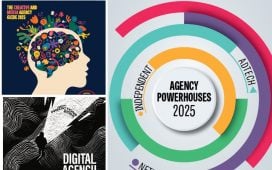
With the Holy Month of Ramadan on the near horizon, consumers are expected to spend more time on their mobile devices, shopping for gifts, food, and fashion.
This presents brands with a unique opportunity to capture attention and drive conversions. This ‘Ramadan effect’ is well documented and data speaks for itself – non-organic installs (NOIs) of mobile apps surged by 27 per cent last Ramadan, surpassing the 21 per cent increase seen in 2023. In the UAE alone, NOIs skyrocketed by an astounding 164 per cent, underscoring the massive potential for brands.
Of course, as awareness of the Ramadan effect spreads, the playing field becomes more crowded, making it more challenging for retail
To continue reading this article you need to be registered with Campaign. Registration is free and only takes a minute. Register Now or sign in below if you already have an account.









